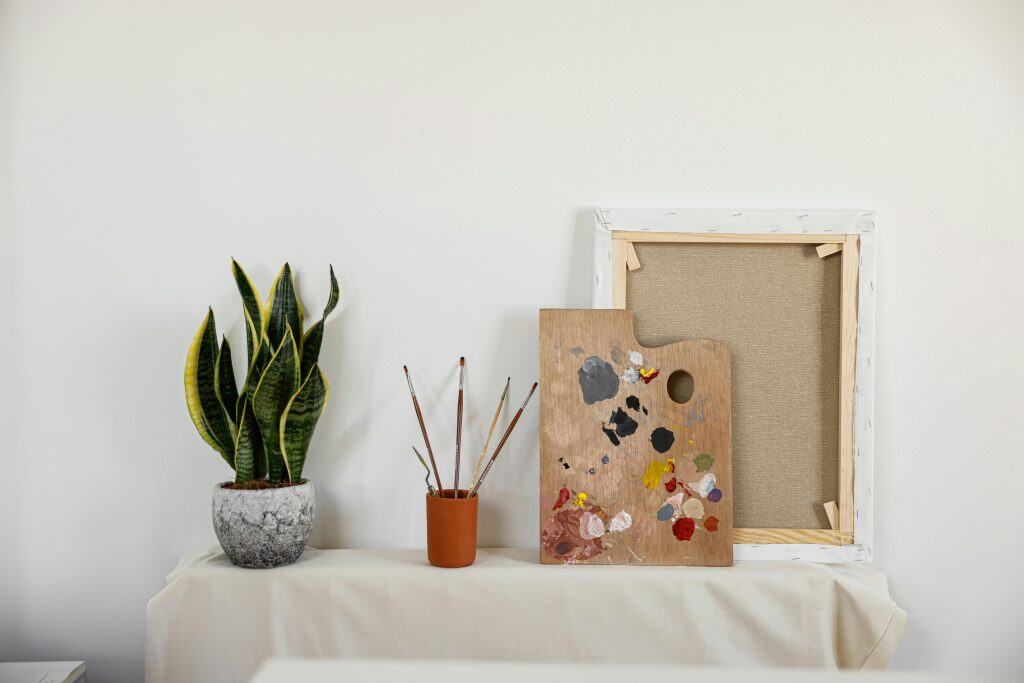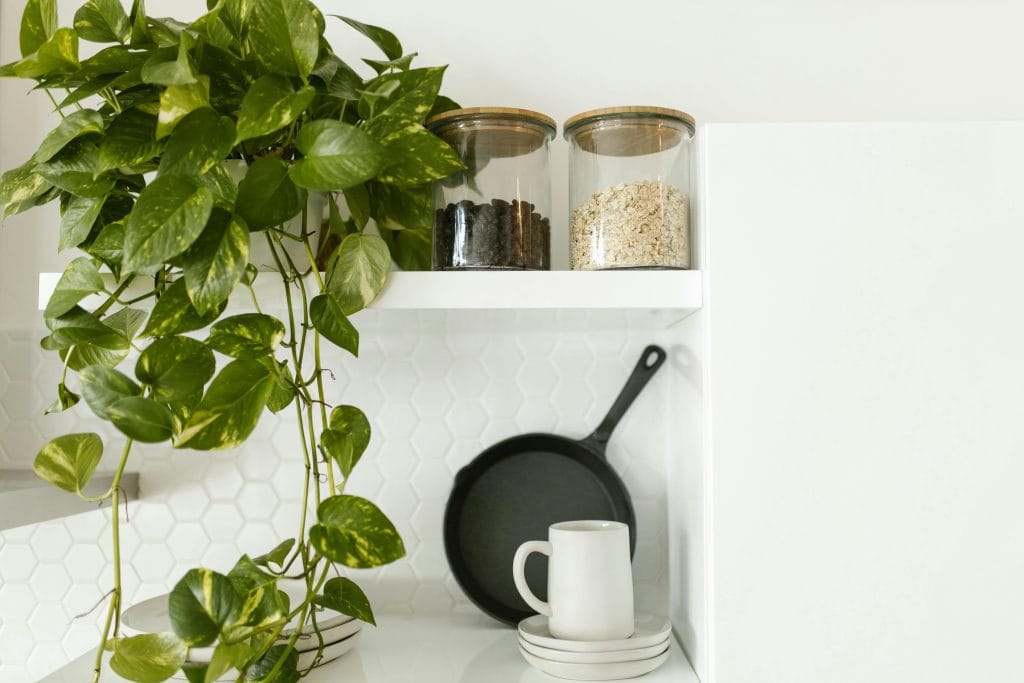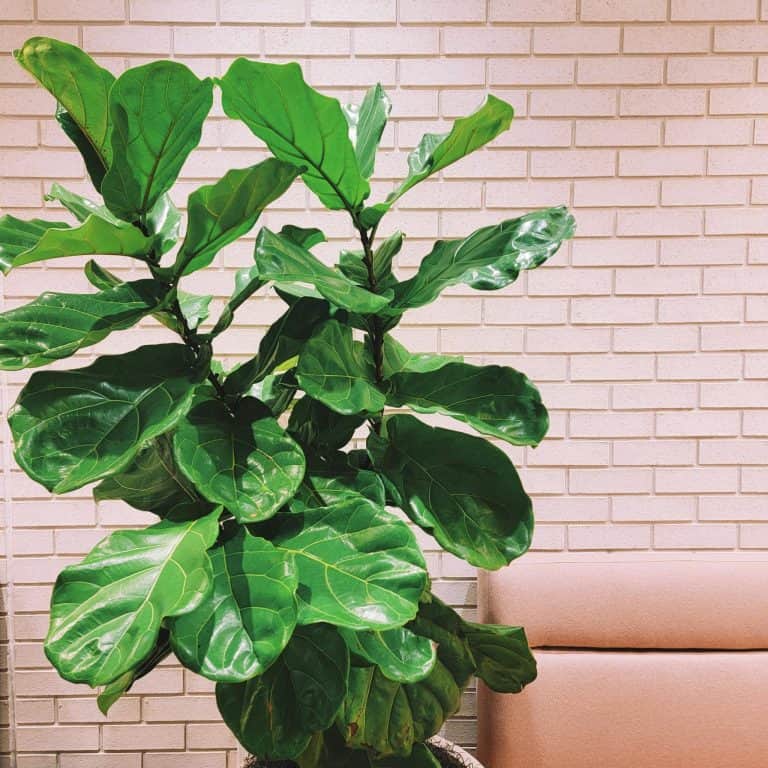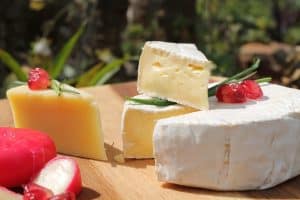When winter rolls in with its sleepy skies and frosty breath, the green outside goes quiet. But indoors? That’s where the magic can keep growing. Indoor plants in winter are more than decor—they’re little green spells that soften the edges of cold days, hum quietly in corners, and remind us that life doesn’t stop when the sun clocks out early.
Low light and chilly rooms might sound like a challenge, but some plants are built for it. They thrive in the hush. They stretch toward whatever light they can find. And they ask for just enough care to make you feel like a gentle wizard of the windowsill.
Why Indoor Plants Matter in Winter
Indoor plants in winter are like cozy socks for the soul. They humidify the dry air, offer a splash of color when everything outside goes grayscale, and give you something to fuss over that doesn’t involve weather apps or heating bills.
They’re also surprisingly good listeners. You can talk to them, sing to them, or just sit nearby and let them do their quiet thing. They won’t judge your third cup of coffee or your mismatched pajamas. They just grow.
Goofy and Glorious Indoor Plants for Winter

Here’s a lineup of indoor plants that thrive in low light and cold weather—and come with personality perks. Each one has its own vibe, its own care quirks, and its own way of making winter feel less like a pause and more like a slow dance.
Fiddle Leaf Fig (Ficus lyrata)
Ah, the fiddle leaf fig. The drama queen of indoor plants. Gorgeous, moody, and absolutely worth the fuss. In winter, it becomes even more theatrical—dropping a leaf just to make a point, leaning toward the window like it’s auditioning for a role in a botanical soap opera. Not the easiest, but so common she made the list. Because I care if your fig survives winter.
- Loves bright, indirect light. Will sulk in the dark.
- Water when the top inch of soil feels dry—but don’t drown it. It hates soggy feet.
- Wipe its leaves gently with a damp cloth and whisper affirmations like “You are the Beyoncé of houseplants.”
If your fiddle leaf fig starts acting up in winter, don’t panic. It’s just processing its feelings. Give it space, a little warmth, and maybe a pep talk. Some folks swear by playing classical music or setting it near a humidifier, like it’s at a spa retreat. Others just nod solemnly and say, “She’s going through something.”
Snake Plant (Sansevieria)
Snake plants are everyone’s favorite indoor plant for ALL the reasons. They’re resilient, artistic, and they cast sunrise shadows across the room that feel like poetry. They don’t mind low light, they scoff at cold drafts, and they’ll forgive you if you forget to water them for a week (or two).
- Let them sit in a corner and be mysterious.
- Water sparingly—think once every few weeks.
- Bonus points if you name yours something dramatic like “Blade” or “Serpentia.”
Peace Lily (Spathiphyllum)
Peace lilies need a gentle spa day every now and then. If you notice dust on the leaves, a nice wipe down with a soft cloth and a mist of room temperature water really makes them feel loved. Bonus points if you play and sing your favorite songs while bathing your plant baby.
- Keep soil lightly moist, not soggy.
- Indirect light is their jam.
- They might bloom in winter if they’re feeling fancy.
ZZ Plant (Zamioculcas zamiifolia)
ZZ plants are the introverts of the plant world. They like low light, don’t need much attention, and will quietly thrive while you binge-watch documentaries or reorganize your spice rack.
- Water once a month, maybe.
- They’re glossy and slow-growing—like a well-aged vinyl collection.
- Whisper secrets to them. They won’t tell.
Pothos (Epipremnum aureum)

Pothos are the extroverts. This is the ivy your nanna has strung over the curtain rod, from the pot on the side table by her chair. We all know and love these heart-shaped leaves. They trail, they climb, they reach for things. They’ll grow toward the fridge if you let them. They’re great for hanging baskets, shelves, or letting spill over your desk like a green waterfall.
- Water when the soil feels dry.
- Low light? No problem.
- Try training them around a mirror for a jungle glam effect.
Cast Iron Plant (Aspidistra elatior)
This one’s the old soul. The cast iron plant is slow, steady, and tough as nails. It doesn’t mind cold rooms or dim corners. It’s the kind of plant that would wear wool socks and read poetry if it could.
- Water occasionally, but don’t fuss.
- Perfect for hallways, entryways, or anywhere you forget exists until winter.
- Give it a name like “Gertrude” or “Thistle” and let it be your anchor.
Winter Plant Care Tips with a Twist
- Skip the soggy drama. Most indoor plants in winter prefer dry feet. Water less and always check the soil first.
- Rotate for fairness. Give each side of your plant a chance to face the light. It’s like a slow-motion dance.
- Dust is rude. Wipe leaves gently with a soft cloth. Your plants deserve to breathe.
- Sing to them. Seriously. Plants don’t care if you’re off-key. They just like the attention.
- Don’t crowd them. Let each plant have its own little stage. They’re performers, not just props.
Final Thought
Indoor plants in winter are quiet companions. They don’t rush. They don’t wilt under pressure. They just keep growing, slowly and surely, reminding us that even in the coldest months, something green can thrive. Whether you’re giving your peace lily a spa day or admiring the shadow art of your snake plant, you’re part of a ritual older than frost—tending to life, even when the world outside feels asleep.







